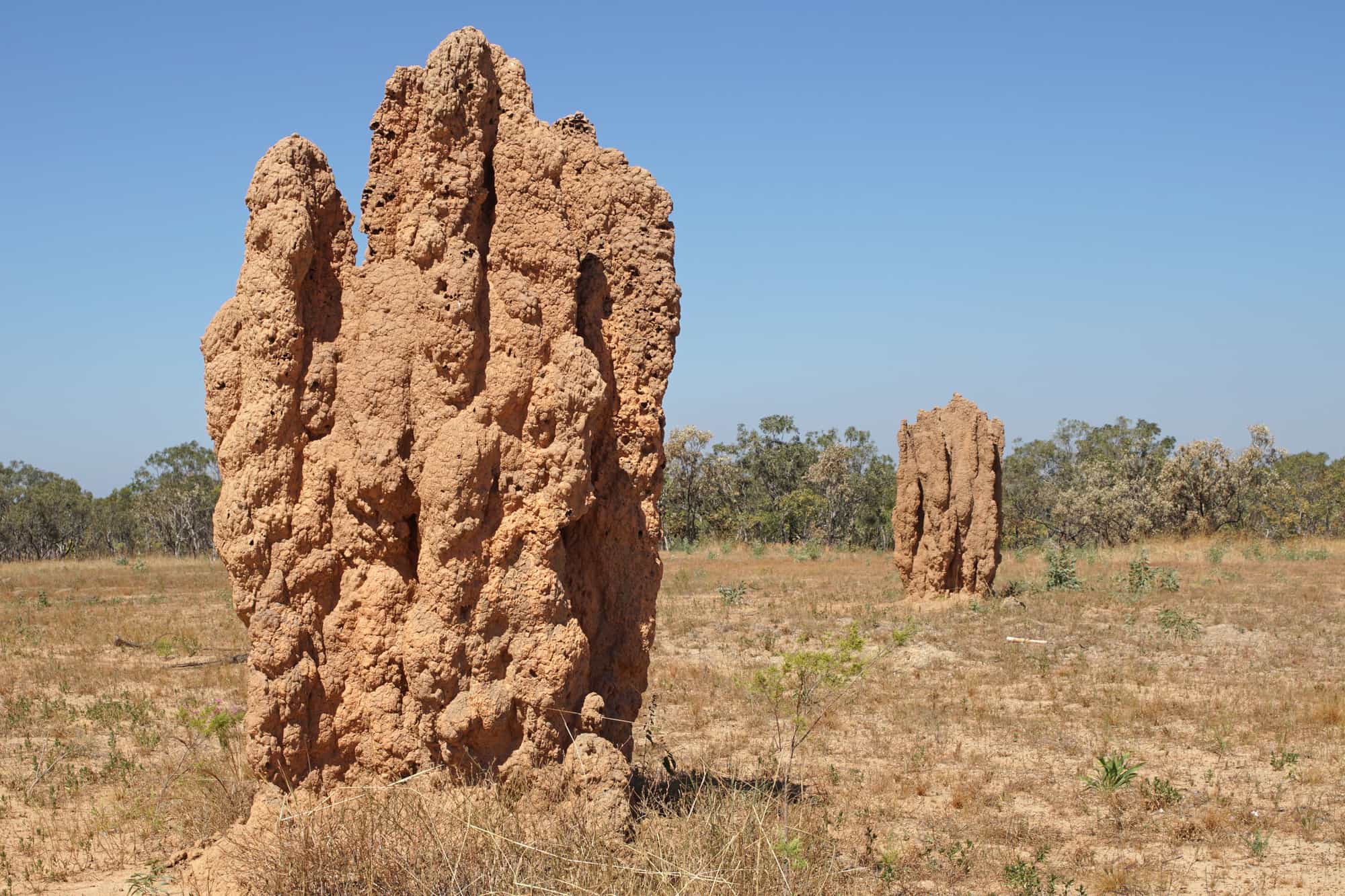Can you imagine a world in which we look to the undeniably amazing digestive system of the atrocious termite as a possible source of energy? It's true. It's possible that in the future we could harness the digestive byproducts of termites to power our lives.
 Photo by: Shutterstock
Photo by: Shutterstock
It's fascinating to think about, especially if you're familiar with how a termite digests wood and other organic material it eats. Then, consider how many termites there are in a single colony. What if we could somehow harness that sum of energy? How might a termite mound, or any termite colony, be the power plant of the future?
Demand for Renewable Energy is Booming
The renewable energy business is booming. According to the United States Department of Energy, utility-scale electric power generation from clean and green sources such as wind, solar, hydropower and geothermal is expected to grow by more than 10 percent in 2016, and by nearly 5 percent more than that in 2017. Meanwhile, biodiesel fuel production in the U.S. continues to rise by millions of gallons on a monthly basis.
Most biofuel comes to the American consumer market in the form of ethanol. This ethanol is produced by converting the sugars contained in corn and soybeans into alcohol — molecularly speaking, the same alcohol found in vodka, whiskey and even beer. However, biofuel production has proven to be controversial. Because the process uses food crops, some have linked ethanol’s increasing popularity to higher grocery bills. And some scientists have linked ethanol production to tropical deforestation, thus negating the supposed environmental friendliness of this non-fossil fuel.
Termites' Bacterial Enzymes Make Them Super Consumers
Termites live to eat, and they love to eat wood. Termites, like any insect that consumes large quantities of vegetative matter, play an important role in what scientists call the carbon cycle: the circulation of carbon dioxide (CO2) through the environment. Photosynthesis is a stage in this cycle, as is breathing, and, ultimately, grooming your lawn with a gasoline-powered mower. Termites interest scientists because they’re so efficient at turning raw cellulose, the essential fiber of any plant, into sugar. Termites are able to accomplish this feat thanks to a special relationship they have with microorganisms that live in their intestinal tracts. These gut bacteria contain enzymes that are the engine of termite digestion.
Termite Research is Focused on Extracting Each Termite's Powerful Enzymes
Each worker termite is itself a kind of power plant. Scientists, such as Andreas Brune of the Max Planck Institute for Terrestrial Microbiology, are researching how we identify and extract the enzyme driving this plant and get it working independent of its termite host in a laboratory setting. The microbe they need to study most closely can only be found in a specific section of the termite belly known as the third proctodeal segment, or the hindgut paunch. Moreover, some so-called higher termites have more highly developed hindgut paunches and can create more of this enzyme than lower termites, who depend almost entirely on bacteria and protozoa to assist with their digestion. By analyzing the DNA of these higher termites, scientists hope to gain a better understanding of the intricacies of how higher termites break down lignocellulose (the cellulose in wood) into other chemical components.
Synthesized Termite Enzymes Could be the New Renewable Energy Source
So, in the future, how likely is it that we will be driving cars that run on ethanol produced by termites? The answer is not very. However, industrial ethanol producers may be able to increase their yields and reduce costs by replacing the enzymes on which they currently rely with the enzymes synthesized from termites. Scientists at Purdue University have already experimented with injecting these enzymes into caterpillars to see if they can thrive in a different environment. Moreover, because of its greater efficiency, scientists may be able to use this super-enzyme to jump-start the conversion of non-food crops such as switchgrass and kudzu into ethanol. In other words, with the rather unexpected help of these otherwise destructive pests, we may be able to maximize the feasibility of biofuels in general.



